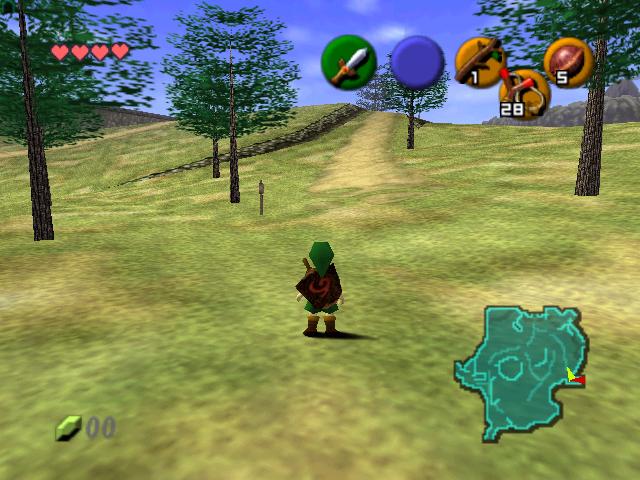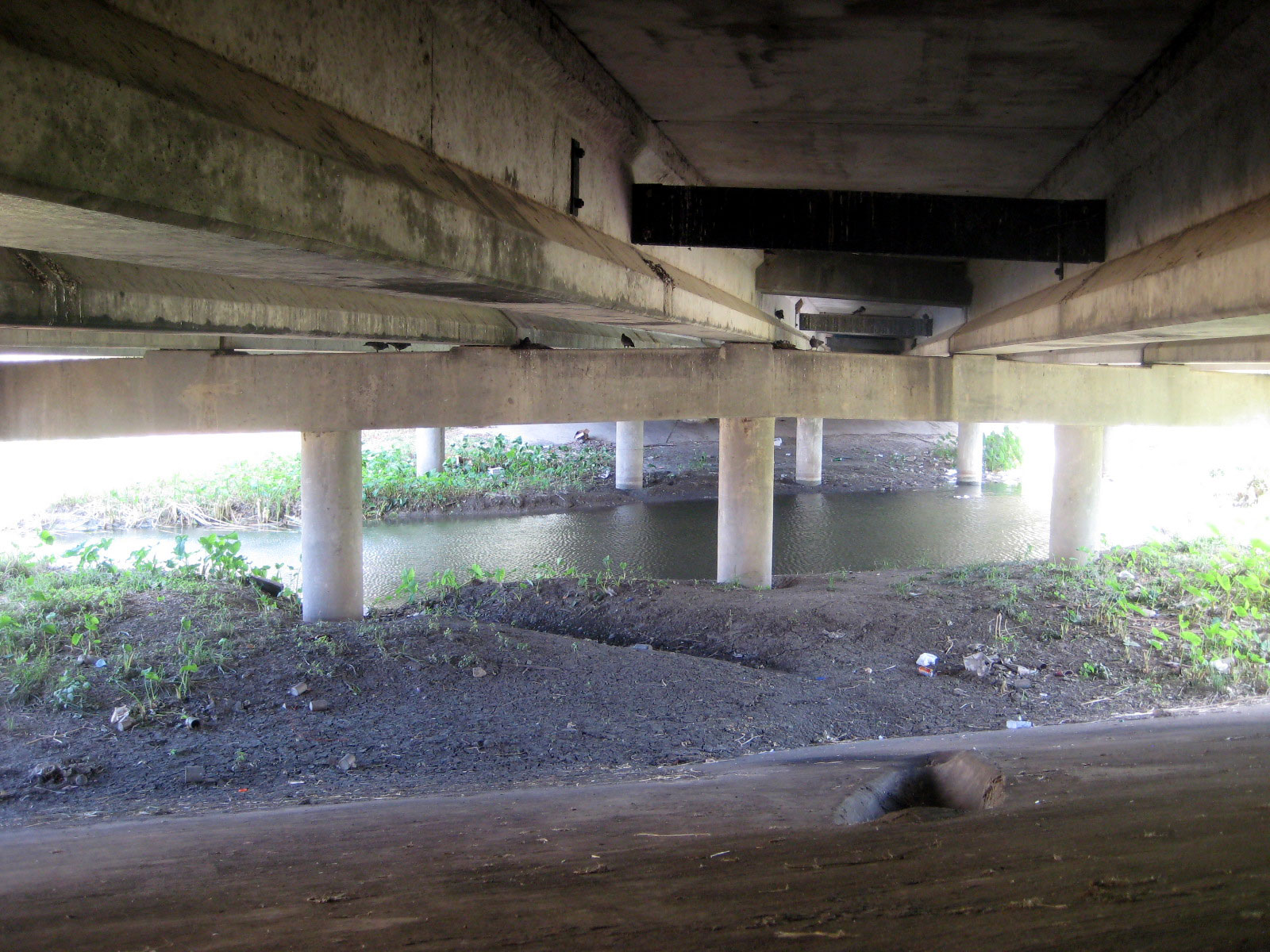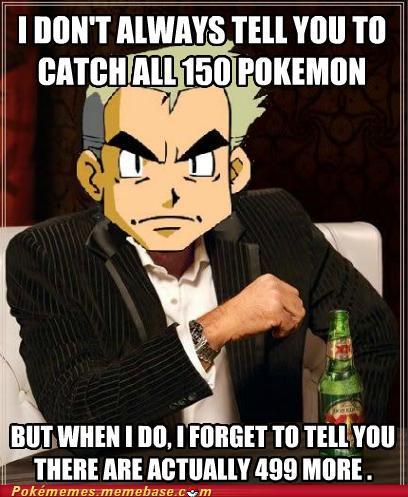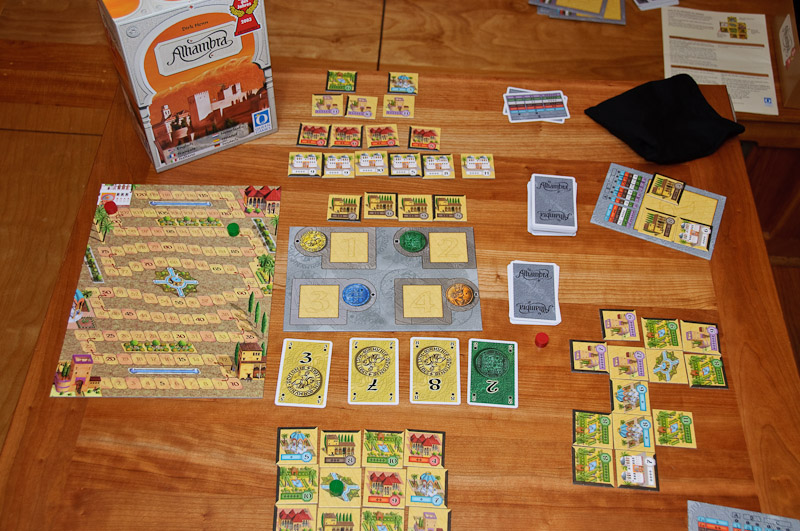Hey everyone, it's been a while... a month and a bit to be more specific. Sorry that I haven't updated my blog lately, I've been working on a lot of different things, including an application to work at a German game development studio for two months this summer (I hope I get accepted!), and my website. In fact, check it out!!
http://mariogreco.ca
Anyway, for the past month, I haven't experienced or stumbled upon anything significant in regards the game design, excluding the material I've learned from my game design class. To be honest, I'd rather not regurgitate what I've learned in that class on this blog; I'd rather post about experiences I've gone through in life, of which I can apply what I've learned in game design class to. Thankfully, just a couple of days ago, I did experience something which I think I can apply to game design!
It was early Saturday morning. I had a good night's sleep since I went to sleep early the night before, and woke up just before the sun rose. I washed up, had breakfast and all, and then I was ready to do some work. But I didn't feel like I was in the working mood; I knew I was going to procrastinate. So I decided not to do any work; I put on my running shoes, got my iPhone and headphones, threw on my sweat top, and headed outside around 8:30AM. For some reason, the weather was very warm for the month of March in Vaughan (the city above Toronto, Canada), so taking a jog in a sweat top was perfectly comfortable. So there's a golf course behind my house, and since it's March, the season hasn't started yet, and therefore no one was using it. But since the weather was awesome, I decided to make use of it; I hopped over the fence, and started jogging through the fields while listening the the soundtrack from The Legend of Zelda: Ocarina of Time. I honestly felt like I was in the game! No joke! But without the green tunic, sword, and shield of course! The birds chirping in the real life environment augmented the musical ambiance, and they along with the squirrels - and of course the trees - added to the life of the visual scene. Additionally, the air was very moist and foggy, which was very soothing, and yet eerie at the same time - especially put together with an open field at dawn.
 |
| I felt like this guy. |
Throughout my jog, I started to worry about larger animals in the area, like foxes and wolves. But I figured that many people use the golf course, and there's technically little forest for them to live in. Of course there's always a chance they may be around, but I figured hey, what good is life being cooped up in a room? Sure, there's risks involved with going outside, but sometimes taking risks is necessary to find inspiration in the life we have, and then be able to tell the tale - like what I'm doing now. Besides, it's unlikely that they'll appear; if it
were likely for them to appear, then I'd call myself stupid for attempting something that could be considered suicidal. Furthermore, how do you think Link feels when he traverses the dangerous land of Hyrule? Sure, he has a sword, shield, other items to protect him, and he is a fictional character - but I feel that I should put myself in the character's shoes to understand his struggle, and then use my own similar adventure as inspiration to make my own works realistic enough for people to relate to.
Much like The Legend of Zelda, I decided to jog along the unpaved paths, and cut through the small forests. I also jogged beside a small river separating the cliffs and ledges above me, while often pausing to enjoy the scene. Eventually I made it through the golf course, and walked across a broken fence upon another subdivision. This subdivision was not too far from my house in terms of driving distance, but quite far in walking distance. I continued my open-ended and undefined jog through the subdivision, and walked to areas which I've seen so often as a child, yet never been to physically. Imagine a game where you can see something in the distance, but could never get to. For example, The Legend of Zelda: Ocarina of Time. In Princess Zelda's courtyard, there are two windows, one on the left, and one of the right. One of them displayed a hallway of Mario paintings as some sort of an easter-egg. When I was a kid, I tried figuring out how to access the hallways and explore Zelda's castle, but couldn't. Then, when I got older, I hacked into the game using a ROM and emulator, allowing me to jump into that inaccessible hallway. To my disappointment, nothing but a void surrounded that hallway; what I saw as a child was the only thing there. In fact, there wasn't even any collision physics, so Link couldn't even walk on it; he'd fall straight through the floor. It's also similar to my experience in Disney World when I was around six years old; there was little cartoon village with doors for each building. I was curious to see what was behind those doors, so I tried opening them. To my disappointment, they were sealed shut. I even had a dream about what could have been behind that door; when I opened it in my dream, there was an open void full of stars one would see in the night sky. I couldn't fathom what was behind the door, but I always had the feeling that it was full of something wonderful. Today, now that I'm older, I know that those doors were sealed shut because there wasn't anything behind them; they were fake. Talk about a disappointing truth. So going back to my adventure, I went to the areas I could never walk to as a child, because I knew that unlike a video game where "what you see is what there is", there does exist content in the "unexplored areas". I just wanted to complete my knowledge of their existence left incomplete from when I was a child.
 |
DOOR
Y U NO REAL? |
As I continued my adventure, I came across a house with a strange design on its door. It looked somewhat like a face. I recall many games that have strange designs, some of them that look like faces; but such designs are are often reused throughout their respectful games. For example, The Legend of Zelda: Ocarina of Time. There are towers where Link can shoot his Hookshot item at, in order to propel him across voids. The symbols on these towers look somewhat like faces, and I often found them throughout the game. I then related this to the concept of "echoes" from Alexander's Fifteen Properties of Living Structures, which makes use of "pleasing and unifying repetition". If this adventure of mine was a video game, and the house with the strange door was a place of significance, then the strange symbol would infer that. But that wouldn't be enough; there should be echoes of that symbol in the game, so that the player can be familiar with it before discovering the house with that design
on its door. For example, the symbol should be displayed in different areas of the game as the player moves toward the strange house (for example, posters, tiles on the floor, etc.)
except houses and their doors. Only one house will have the symbol on its door, and when the player makes the connection, s/he will realize that there is something mysterious about the house, and that will give them an incentive to explore it; no one will need to directly tell them that there exists a "strange house" in the area, because the environment itself already suggests that.
 |
I saw those little faces even before I reached Dodongo's Cavern - the second dungeon.
You get the hookshot right before you reach the fourth dungeon. |
Back to real life. There were some areas I wanted to get to though an unpaved path that I'd create on the spot, but sometimes those paths would go though one's backyard. I avoided this so as to avoid disturbing and/or scaring residents, so I decided to make paths that didn't run though someone's backyard. Although I could have taken the risk, the other options I had to get there were more appealing (for example, the longer path that goes around the house, which involves significantly less risk, but takes up a little but more time). Then there came another time where I found an area that contained a "The Void" (From Alexander's Fifteen Properties of Living Structures). I wanted to go to it, but the only way involved going through someone's patio beside their house. So I hoped for the best, took a dash through, and made it to the void. I later realized that there was another way to get to "the void", but it was a much longer distance from the riskier path I took. This scenario strongly relates to game balancing:
The time it takes to cross the path + the possible risk of the path = the non-appeal of the path
The closer the outcome is to zero, the more appealing the path will be. Now when you have multiple paths which equal the same value, then things start to get interesting for the player. As for my game in particular, if the player does take the risk, and then bumps into the owner of the house who s/he's trespassing, what would happen? Would the owner call the police, get angry, or become friends with the player? This would make the game even more interesting for the player. What if the risk could be rewarding? What if the risk could be punishing? These are the things I thought of as I adventured; what if this adventure was a game? What makes this adventure interesting? In a way, I attempted reverse-engineering the mechanics of real life as if it were a game.
Imagine if real life were a video game. How would you play it? How would you "complete your game"?
 |
| For some people, this is their video game. And there's no extra lives. |
As I continued my adventure through the subdivision, I discovered a hole in a meadow. I was a little worried of what it may contain, but I continued anyway. I shortly found my way out, and found a paved path before me. It curved to the left, and curved to the right; I had to pick whether to go left or right. The right side was an upward path with lit-up lights, and the left side was a downward path that looked nothing spectacular. Upon this first glance, the right side looked more interesting, and it gave me the impression that that was the path to take. However I wanted to see where both paths led to, so I decided to take a peek at the left side first. But after my first couple of steps toward the left, I realized that walking along the left path would probably take up a lot of time, especially since I had no idea how long that path would be. If the path is long, it would be tedious to walk all the way back to where I first made a decision of whether to move left or right, and then move along the original path I wanted to take. I then wished that I had a warp function in real life, so that I could see everything I wanted to see without sacrificing time. That's when I realized something; perhaps a warp function in this scenario would break my game. Because time is such an important factor, the player will be forced to make a conscious decision; either take the lit upward path, or the misty downward path. Depending on the player's choice, s/he will find whatever mysteries lie on the chosen path, while the other path will remain a mystery. Maybe the path not taken will be uncovered in the future as the player continues his/her adventure. I remember attending MIGS 2009, and a gentleman named Scott Rogers from THQ spoke about how he learned game design from Disneyland. One of the things he mentioned was multiple paths, and how even though they point to the same destination, the person would have a sense of choice. To me, that sounded like an illusion of choice, and although it may immerse the player into the environment more, I don't think it does nowhere near as good of a job as actual player choice. In my scenario, there was no illusion of choice; I had no idea where those paths were pointing to. They could have been pointing to the same destination, or perhaps not. Now consider the constraint of the player's time (which naturally resides in the player outside the game), and you've got yourself true player choice even in the most unconstrained and non-pressuring of scenarios. This is where I found myself.
 |
| I still have no idea as to how to respond to this picture... =S |
So I ended up taking the path to the right, and discovered a tower with a few cannon replicas, which I've never seen before - even in despite of living in the area! It was created for the people of my town who lost their lives fighting in the first world war. I noticed a beer bottle on the window ledge of the tower, so I decided to climb up its base, and pick it up, while carefully jumping back down to the ground. I expected it to be a beer bottle from ten years ago (because seriously, who climbs things nowadays?), but in fact it was a soda from probably a few months ago. Meh, item attained I guess. But beyond the tower were steps trailing downward, with the Canadian flag and a few houses following in the distance. Perhaps those of the houses of members of the municipal government? I walked downward, figuring that this is where the left path in the previous scenario would lead to.
Eventually I found myself at an old community center where I used to play hockey as a child. I could have been a great hockey player if I actually participated in the game rather than divert my attention to getting a fly out of the ice. I digress...
Across the community center, there is a road that runs over the river. My path on the other hand dipped below the road that bridges over the river, but just above the water of course. As I walked under the bridge, I felt like if I've been there before, perhaps when I was a small child. The memory is very vague, but I do feel like if I've been there before. It was definitely a strange feeling.
 |
I... think I've been here before....
(This is not the actual picture, but it looks similar.) |
Eventually, I made it to the community center, and then decided to go back home. I tried taking all the short cuts I could, and walked across the golf course again. I eventually had to jump over a fence, and all of the sudden, the Zelda music I was listening to suddenly stopped. Oh well, I guess a branch took out the headphones. Keep moving. Not too long after, I jumped over a fence into someone's backyard, I quickly rushed out, and made it onto the road of a new subdivision. That's when I realized that my phone was not in my pocket anymore. I started to worry. I went back to the fence I jumped over, and looked around for a while until I remembered when the music I was listening to cut off. Perhaps that was when the phone fell out of my pocket. I went to that area, and there it was in the leaves. I picked it back up, hopped over the fence, quickly dashed out of the stranger's backyard again. I had to teach karate that day, and realized that I was going to be late, so I called my mother to pick me up and drive me home. I wanted to finish my adventure on foot, but oh well. I was still late for karate anyway. Thankfully I'm not the only instructor at the dojo on Saturdays.
So to wrap up, I learned that the concept of "echoes" can be used to subtlety point out an object or area of importance, and how a player's real-life time outside the game s/he is playing can be used as a path choice constraint provided that the player does not have a warp function. I also learned that player's time added to a potential choice's perceived risk give rise to conscious player choice and ultimately interest. Furthermore, allowing the said 'risk' to possibly be good, bad, or anything in between, throws even more spice into the equation. Most importantly, I learned that pretending to traverse the lands of Hyrule while listening to Zelda music is an exhilarating trip, and is something I would do again. Rather than sit in-front of your computer and/or live within the confines of society, jump out and do something you've always wanted to do - even if it is completely ridiculousness. I assure you that it will bring you much joy, and offer tons of inspiration which you can use for your own creations and/or life philosophies.
Until my next blog post, thank you for reading, and arrivederci! =)
P.S. I found a fortune under the cap of the bottle I picked up. It said something along the lines of "contact those who are interested in your project". Interesting...

















